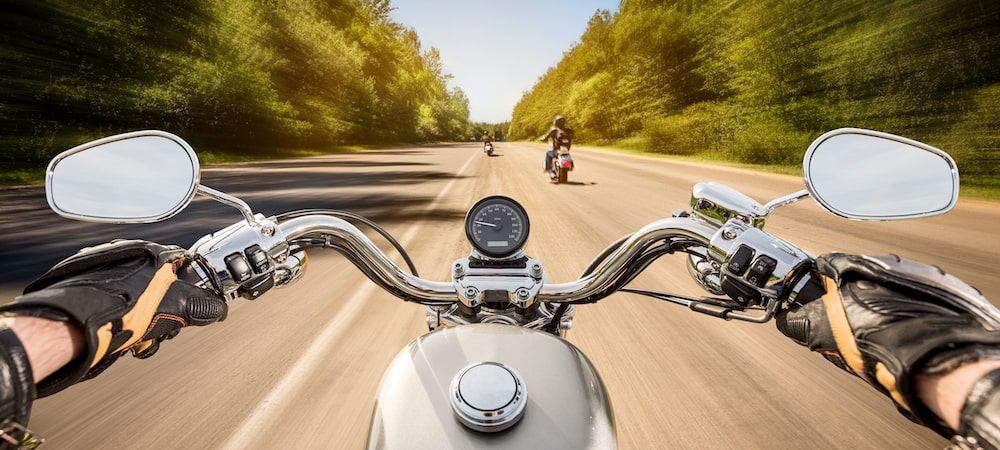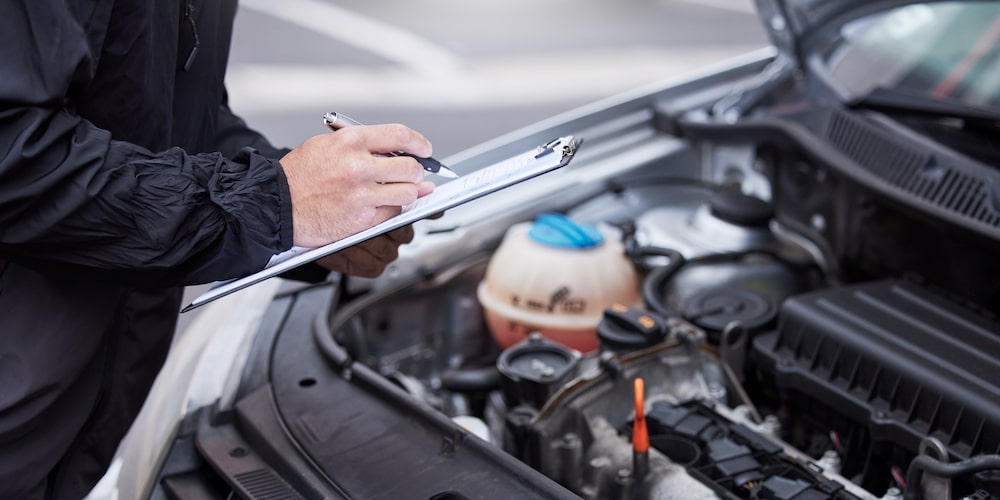If you or a loved one has broken a bone from an accident, contact 844 See Mike Personal Injury Lawyers for a free consultation so we can help you recover from this experience and get fairly compensated.
The human skeleton is a marvel of evolutionary engineering—robust, resilient, and designed to provide structural support, protect vital organs, and enable mobility. While some bones are notably strong, like the femur or the humerus, others are remarkably delicate and vulnerable to injury.
Among all 206 bones in the adult human body, the clavicle—commonly known as the collarbone—is widely considered to be the weakest bone based on its anatomical structure, position, and fracture susceptibility.
Factors Affecting Bone Strength and Weakness
Bone fractures can be painful. To understand what makes a bone prone to break, it is essential to consider several biomechanical and physiological factors:
- Density and composition: Bones that are less dense or have a higher concentration of spongy (cancellous) bone are more prone to fractures.
- Anatomical position: Bones that are located in areas of high mechanical stress or exposure are more vulnerable.
- Load-bearing capacity: Some bones can withstand considerable pressure, while others cannot.
- Bone health issues: Arthritis or high deficiency of vitamins and minerals in the body may also cause brittle bones.
- Common fracture rates: The frequency of breaks in clinical practice can also be a marker of structural weakness.
While small bones in the hands, feet, or ears may seem like natural candidates for the “weakest” due to their size, they are surprisingly resilient given their design and function. Instead, the clavicle emerges as the bone that is both structurally weaker and more commonly fractured, especially under direct or indirect trauma.
Why the Clavicle is the Weakest Bone in the Body
Anatomical Position and Exposure
The clavicle is a slender, S-shaped bone that connects the sternum (breastbone) to the scapula (shoulder blade). This bone essentially serves as a strut between the arm and the axial skeleton, giving it a crucial role in shoulder mobility and upper body stability. However, its position makes it uniquely vulnerable:
- It lies just beneath the skin with minimal soft tissue coverage.
- It is usually the first point of contact in falls or impacts.
- It is located at a mechanical junction where the transfer of force from the arm to the torso occurs.
Structural Limitations
Unlike many load-bearing bones, the clavicle has a thin cortical shell and contains more cancellous bone (spongy bone), which is not as strong as the denser compact bone. It also has a natural curve, which can make it more susceptible to stress fractures or breaks when subjected to lateral forces.
Moreover, the clavicle lacks surrounding muscle bulk that might otherwise serve to cushion or stabilize it during trauma. This makes it the weakest and softest bone in the body.
Fracture Rates and Mechanism of Injury
Clavicle or collarbone fractures account for approximately 5% of all adult fractures and up to 44% of shoulder girdle fractures. Common causes include:
- Falling directly onto the shoulder or an outstretched hand.
- Car accidents, especially in unrestrained passengers.
- Sports injuries, particularly in contact sports like football, hockey, and wrestling.
These injuries may lead to visible deformities, limited arm movement, and significant pain.
Other Notable “Weak” Bones in the Body
While the clavicle holds the top spot for weakness and susceptibility to injury, a few other weak bones are worth mentioning:
Nasal Bone
The nasal bone is one of the most frequently fractured bones in the face due to its prominent and unprotected position. However, it is not structurally weak—its high fracture rate is more due to exposure than inherent fragility.
Lacrimal Bone
The smallest and one of the most fragile bones in the body, located in the eye socket. It is delicate but deeply embedded in the skull, making it less prone to fracture under normal conditions.
Hyoid Bone
Floating in the neck, the hyoid bone supports the tongue and is protected by surrounding tissues. It is rarely injured unless under exceptional trauma, such as strangulation.
Clavicle Fracture Classifications and Recovery
Clavicle fractures are typically classified into three types based on their location:
Type I: Middle Third Fracture (Most Common)
- Occurs in the midshaft of the bone.
- Generally caused by direct trauma or falls.
- Treatment: Non-surgical management using a sling or figure-of-eight brace is common.
- Recovery time: 6–8 weeks for minor cases; 12+ weeks if there is significant displacement.
- Work downtime: Sedentary work may resume in 2–3 weeks; physical labor may require 6–8 weeks or more.
Type II: Lateral Third Fracture
- Involves the outer end of the clavicle, closer to the shoulder.
- Higher risk of non-union due to muscle pull.
- May require surgical fixation.
- Recovery time: 8–12 weeks, longer if surgery is involved.
- Work downtime: 4–12 weeks, depending on occupation.
Type III: Medial Third Fracture
- Occurs near the sternum.
- Rare but often associated with high-impact trauma.
- May be associated with chest injuries.
- Recovery time: 8–12 weeks or more.
- Work downtime: Highly variable, especially if complications arise.
Long-Term Complications of Clavicle Fractures
Even though most clavicle fractures heal well with conservative treatment, potential complications include:
- Non-union or malunion: Improper healing can lead to shoulder dysfunction or deformity.
- Neurovascular damage: Though rare, the brachial plexus and subclavian vessels lie beneath the clavicle and can be injured.
- Post-traumatic arthritis: Especially in cases involving the sternoclavicular or acromioclavicular joints.
For athletes and manual laborers, these complications can have long-term consequences on performance and function.
Preventing Clavicle Injuries: Is It Possible?
Complete prevention of broken bones may not always be possible due to anatomical vulnerabilities, but risk can be minimized by:
- Wearing protective gear in sports (e.g., shoulder pads in football or hockey).
- Using seat belts properly in vehicles.
- Avoiding risky falls with fall-prevention strategies, particularly for older adults.
- Ensuring safe working conditions on construction sites or in physically demanding jobs.
Can You Strengthen the Clavicle?
Unlike muscles, bones cannot be “strengthened” through direct training, but bone density can be improved through:
- Weight-bearing exercise
- Adequate calcium and vitamin D intake
- Avoiding smoking and excessive alcohol
- Managing hormonal health, especially in postmenopausal women
Still, the clavicle’s structural role and exposure mean it will remain vulnerable in many high-impact situations.
Role of Other Bones in the Body
The thigh bone, also known as the femur, is the longest and strongest bone in the human body, playing a key role in supporting body weight and mobility. Like other long bones such as the upper arm bone (humerus) and shin bone (tibia), it contains bone marrow, which is essential for producing red blood cells and white blood cells.
While the femur is the strongest, the inner ear houses some of the tiny bones in the body, including the stapes, which is the smallest and only bone involved in hearing, demonstrating the contrast between the strongest and weakest bones in terms of size and function.
Choose an Experienced Personal Injury Attorney
At 844 See Mike Personal Injury Lawyers, we see you as a person, not just a client – and that makes us better at work we do. We listen. We learn your story. And, as we help you get the money you deserve, we go above and beyond in a way most law firms never could and never would. Because we’re not just lawyers. And you’re not just a client. We’re friends, neighbors, family. We’re all people and here at 844 See Mike Personal Injury Lawyers, we put People, First.
Helping our clients is about counseling, advocating, and ultimately solving problems. With years of experience successfully representing the people, not the powerful, we will take care of the insurance adjusters, your medical bills, your property damage, and your lost wages, and monitor your treatment so you can focus on healing and getting your life back to normal. Our unique formula has earned us over 1,000 outstanding client reviews on our website, an A+ BBB rating, and over 135 five-star reviews on Google. Give us a call, fill out a form, or schedule a meeting with us here. We’re here 24/7.




